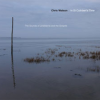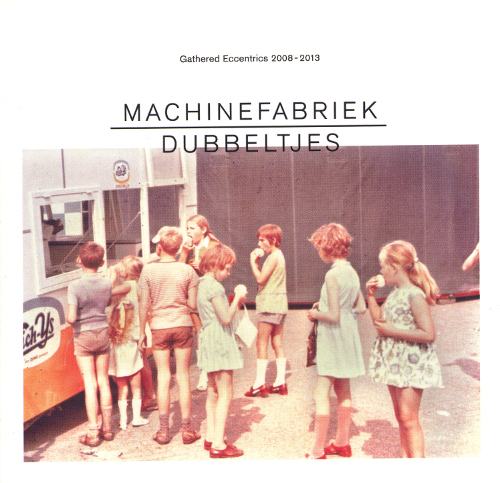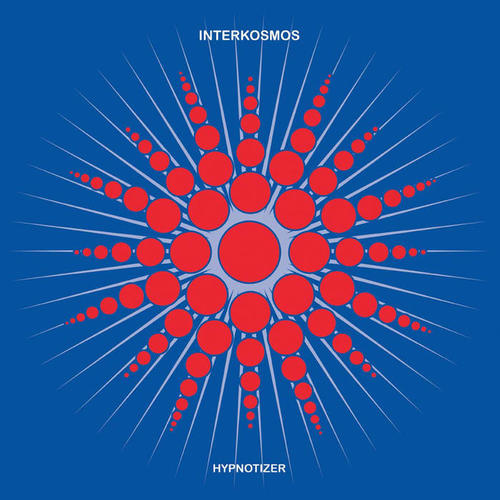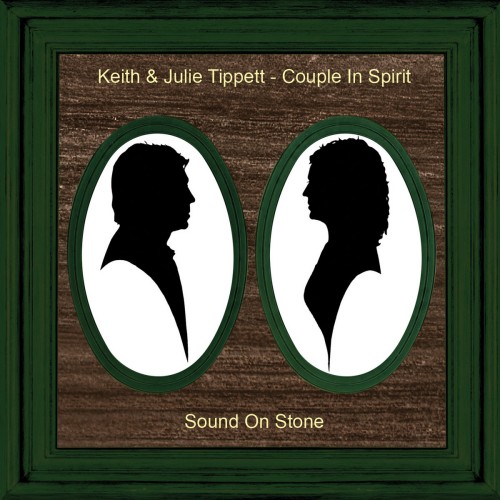 If you have ever scanned the technical credits of television programmes as they glide slowly past in the wake of the action, chances are you will have seen the names of either Ken Morse or Chris Watson, or both. Morse is sometimes reckoned to be the most credited cameraman in history, so often have his rostrum camera skills contributed to the jewels that fall from the small screen. Watson’s incredible close-mic sound work, similarly, has appeared across a staggering continuum of radio and television broadcasting, particularly in arena of natural sound, from Bill Oddie’s Springwatch to David Attenborough’s The Life of Birds. Truly Watson has an embarrassment of riches: generally regarded as one of the most gifted and creative sound recordists in the business, not only are his wildlife recordings techniques without peer, but Bill Oddie also says of him “I don’t know anyone who is so intense yet so splendidly frivolous.” The moral of the story is that whatever you need, be it the evening call of a Red Rumped Tinkerbird or the crashing fluke of an amorous Right Whale, Watson is your man.
If you have ever scanned the technical credits of television programmes as they glide slowly past in the wake of the action, chances are you will have seen the names of either Ken Morse or Chris Watson, or both. Morse is sometimes reckoned to be the most credited cameraman in history, so often have his rostrum camera skills contributed to the jewels that fall from the small screen. Watson’s incredible close-mic sound work, similarly, has appeared across a staggering continuum of radio and television broadcasting, particularly in arena of natural sound, from Bill Oddie’s Springwatch to David Attenborough’s The Life of Birds. Truly Watson has an embarrassment of riches: generally regarded as one of the most gifted and creative sound recordists in the business, not only are his wildlife recordings techniques without peer, but Bill Oddie also says of him “I don’t know anyone who is so intense yet so splendidly frivolous.” The moral of the story is that whatever you need, be it the evening call of a Red Rumped Tinkerbird or the crashing fluke of an amorous Right Whale, Watson is your man.
However, as if that were not enough, Watson has also released a string of absorbing, intimate, oddball and completely idiosyncratic solo albums, beginning with 1996’s Stepping in the Dark, a compilation of sonorous atmos recordings ranging from the South American rainforest to Kenya’s Mara River to the Moray Firth in Scotland, and including 1998’s stunning Outside the Circle of Fire (featuring a stellar cast of cheetah, deer, capercaillie, kittiwake, spider monkey, nightjar) and 2011’s spooky El Tren Fantasma (a haunting soundscape documenting a train ride across Mexico, describing the passage from Los Mochis to Veracruz, coast to coast from Pacific to Atlantic).
Watson’s latest release, In St Cuthbert’s Time, originated as piece commissioned to celebrate the exhibition of the legendary Lindisfarne Gospels at Durham Cathedral in Summer 2013, and attempts to encapsulate the acoustic landscape that would have surrounded and influenced Eadfrith, the Bishop of Lindisfarne, during the time that he was writing and illustrating the Gospels. This utterly immersive soundscape re-imagines the sonic environment of the Holy Island as it might have been experienced by Cuthbert, an Anglo-Saxon monk who became prior of Lindisfarne, around 700AD.Given Cuthbert’s particular association with the avifauna of the island (the eider duck was, apparently, one of his particular favourites, and who could quibble with that?), it is their fantastically rich and diverse sound environment that dominates the four Anglo-Saxon seasonally-themed recordings that comprise the album, underpinned by the movement of water, and play of the wind and the elements across the natural topography of the island. “Winter” (Winter) moves across a host of contributors including widgeon, oystercatchers, brent geese, whooper swans, greylag geese and a curlew that sounds as though Aphex Twin is running it through his mixer in a faintly angry mood. “Lencten” (Spring) brings us a changed cast including redshank, black-headed gulls, “a chorus of drumming snipe” (the avian equivalent of Charles Hayward), a Skylark and, of course, Cuthbert’s beloved eider ducks who turn out to sound spookily like a Carry On character reacting to a particularly fruity double entendre.
“Sumor” (Summer) buries us beneath a swell of arctic terns, linnet, whitethroats, yellowhammers, swallows, martins, starlings and cuckoo, counterpointed by the seasonal buzz of insects and the ruminant mooing of local bovines. (Said bovines would, of course, also have provided the vellum upon which the Lindisfarne Gospels would have been produced, so I guess they have something to moo about). “Harfest” (I’m giving up on this now) closes the suite, heavy with wading birds such as golden plovers, redshank, dunlin and knot, these gradually giving way in an imperceptible sonic pan first to the plaintiff throaty gargle of a red deer, and thence to the melancholy song of the grey seals resting nearby.Each of the four pieces closes with the sound of a monk’s handbell, admirable rung by Martin Williams, and reminding us both of the presence of man within this fabulously intense natural environment, and of Eadfrith, toiling away on his illuminated manuscript within the stone walls of the priory.
As with all of Watson’s work, although it comprises holistic acoustic landscapes, it is far from being ‘ambient’, some dull aural wallpaper designed to stick on unobtrusively in the background whilst attending to other matters. Indeed not. Instead, it is powerful blast of natural musique concrète intended to produce a spark from the chance meeting of a goose and plover on a turn table. One should best experience this bejewelled audio tapestry by lying back in the dark, donning a pair of fuck-off expensive Sennheiser headphones, and marvelling at Watson’s ability to both bring us right into the heart of the sounds of the natural world, and to reveal their strangeness and beauty to us. The truly awesome stereo movement of massed wingbeats in “Harfest” achieves the kind of show-stopping sonic intensity of which fêted (fœtid?) studio producers and abrasive avant-garde artists can only dream of. Not bad for a widgeon or two really.Like St Cuthbert, I think I’ve developed rather a soft spot for the eider duck.
-David Solomons-



